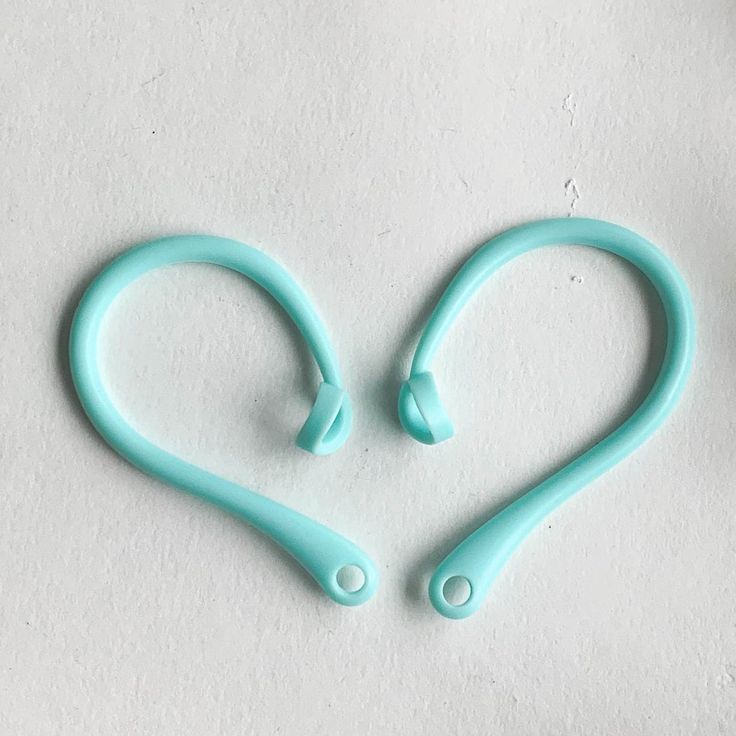Plastic phone cases: They’re affordable, widely available, and come in endless designs. But do they really protect your phone? Are they worth the investment? Let’s break down the pros and cons of plastic phone cases to help you make an informed decision about whether they’re right for you.
The Pros of Plastic Phone Cases: What They Offer
Plastic phone cases bring a lot to the table, making them a popular choice for many smartphone users:
Protection:
Plastic, particularly polycarbonate or TPU (thermoplastic polyurethane), can provide a decent level of protection against everyday wear and tear, scratches, and minor bumps.
Variety:
The sheer variety of designs is staggering. From sleek and minimalist to bold and eye-catching, you can find a case to match your personality and style.
Customization:
Many plastic cases allow for easy customization with stickers, photos, or even custom designs.
Affordability:
Plastic cases are typically more budget-friendly than cases made from other materials like leather or metal.
Lightweight:
Plastic cases add minimal bulk and weight to your phone, making them comfortable to carry.
The Cons of Plastic Phone Cases: What to Consider
While plastic phone cases have their advantages, they also come with some drawbacks:
- Limited Impact Protection: Compared to more robust materials like silicone or rugged cases, plastic offers less protection against drops and major impacts.
- Less Grip: Smooth plastic surfaces can be slippery, increasing the risk of accidental drops.
- Environmental Impact: Plastic is not biodegradable, contributing to environmental pollution if not recycled properly.
- Prone to Cracking or Breaking: Some types of plastic can become brittle over time, leading to cracks or breaks if the phone is dropped.
- Yellowing: Clear cases can yellow with age and exposure to sunlight, detracting from their appearance.
Types of Plastic Phone Cases: Choosing the Right One
Not all plastic cases are created equal. Here are the most common types of plastic used in phone cases:
- Polycarbonate (PC): A hard, durable plastic that offers good scratch resistance and moderate impact protection.
- Thermoplastic Polyurethane (TPU): A more flexible and shock-absorbent plastic that provides a softer feel and better grip.
- Combination Cases: Some cases combine both PC and TPU for a mix of durability and flexibility.
Consider your needs and priorities when choosing a plastic phone case. If you’re prone to dropping your phone, a TPU case might be a better choice for its shock-absorbent properties. If you value a slim and sleek design, a PC case might be more appealing.

Plastic Phone Cases and Wireless Charging: Do They Interfere?
In the age of wireless charging, a common question arises: Do plastic phone cases interfere with wireless charging? The answer depends on the type and thickness of the plastic.
Generally, thin plastic cases made of TPU or PC should not interfere with wireless charging. However, thicker cases or those with metal components may block the signal and prevent your phone from charging properly.
If you’re unsure, check the manufacturer’s instructions for your phone case and wireless charger. You can also test it by trying to charge your phone with the case on. If it doesn’t charge, you may need to remove the case or switch to a different one.
Beyond Protection: Plastic Phone Cases as Fashion Accessories
Phone cases have evolved beyond their protective function to become fashion statements. Plastic cases, with their endless design possibilities, have embraced this trend wholeheartedly.
You can find cases adorned with glitter, floral patterns, animal prints, geometric designs, and even pop culture references. Some cases even incorporate functional elements like cardholders, kickstands, or pop sockets.
Whether you prefer a minimalist look or a bold statement, there’s a plastic phone case out there to express your individual style. Your phone case can be an extension of your personality, so have fun with it and choose a design that speaks to you.
The Resale Value: Plastic Cases and Phone Value
If you’re planning to sell or trade in your phone in the future, using a plastic case can help preserve its resale value.
A case protects your phone from scratches, scuffs, and other cosmetic damage that can lower its value. When it’s time to sell, simply remove the case to reveal a pristine phone that will fetch a higher price.
The Verdict: Are Plastic Phone Cases Right for You?
So, do plastic phone cases work? The answer is nuanced. They offer decent protection against everyday wear and tear, come in endless styles, and are budget-friendly. However, they may not offer the same level of impact protection as other materials, and some types of plastic can be slippery or prone to damage.
Ultimately, the decision of whether to use a plastic phone case boils down to your individual needs and preferences. Consider your budget, lifestyle, and the level of protection you require.
If you’re looking for a stylish and affordable option that offers moderate protection, a plastic phone case could be a great choice. However, if you need maximum protection or prefer more eco-friendly materials, you may want to explore other options like silicone, wood, or biodegradable cases.
No matter which type of case you choose, remember to prioritize the protection and longevity of your valuable device.

Eco-Friendly Alternatives: Biodegradable Phone Cases
As environmental consciousness grows, so does the demand for sustainable products. In the realm of phone cases, this has led to the rise of biodegradable phone cases. These cases are made from materials like bamboo, cork, or plant-based plastics that break down naturally over time, reducing their impact on the environment.
While biodegradable phone cases may not offer the same level of durability as traditional plastic, they provide a guilt-free option for eco-conscious consumers. They often come in stylish designs and textures, proving that sustainability and style can go hand-in-hand.
The Rise of MagSafe: Plastic Cases and Compatibility
Apple’s MagSafe technology, introduced with the iPhone 12 series, has revolutionized how we accessorize our phones. MagSafe uses magnets embedded in the phone and compatible accessories to create a secure and seamless connection.
Many plastic phone case manufacturers now offer MagSafe-compatible versions, allowing you to enjoy the convenience of MagSafe charging and accessories without sacrificing protection.
If you have a MagSafe-enabled iPhone, look for plastic cases that specifically mention MagSafe compatibility. These cases typically have a ring of magnets built-in to ensure a secure attachment to MagSafe chargers and accessories.
Phone Case Hygiene: Keeping Your Case Clean
Just like your phone, your plastic phone case can accumulate dirt, germs, and bacteria. Regular cleaning is essential to maintain hygiene and prevent the spread of germs.
Here’s how to clean a plastic phone case:
- Remove the Case: Take your phone out of the case.
- Wipe Down: Use a soft, damp cloth with a mild soap or disinfectant solution to wipe down the inside and outside of the case.
- Rinse: Rinse the case with clean water and dry it thoroughly with a microfiber cloth.
- Disinfect: If desired, use a disinfecting wipe or spray to sanitize the case.
Regular cleaning will not only keep your phone case looking its best but also help maintain a healthy environment for your hands and face.
Choosing Your Perfect Plastic Phone Case: A Personal Decision
In the end, choosing the perfect phone case is a personal decision. Consider your priorities, budget, and style preferences when making your selection.
If you value affordability, variety, and lightweight design, a plastic phone case could be an excellent choice. However, if you prioritize maximum protection, eco-friendliness, or certain features like MagSafe compatibility, you may want to explore other options.
No matter which type of case you choose, the most important factor is that it protects your phone and reflects your individual style. Happy case hunting!











